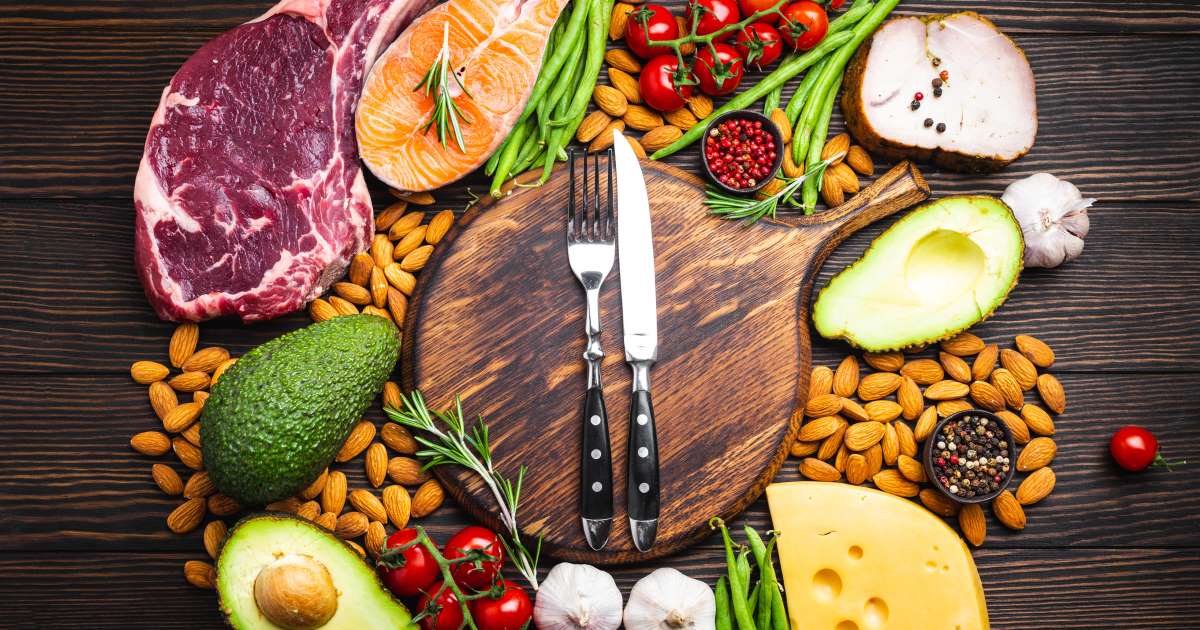What Is The Keto Flu?
We have all heard of the everyday flu many individuals are vaccinated against annually, especially children and the elderly. However, few have heard of something as unique as the ketogenic flu. What is the keto flu and how does it occur in an average individual? The keto flu is actually a number of symptoms similar to the regular flu that occur in some individuals when they start the ketogenic diet. Below, we discuss exactly what the keto diet is and the causes and risk factors of the keto flu. This article also delves into the flu-like symptoms some individuals who start the keto diet can encounter, as well as its treatments and how to prevent the keto flu from occurring.
Overview Of The Keto Diet

The ketogenic diet is a high-fat and low-carb diet meant to improve an individual's health and help them lose weight. There are a variety of medical conditions the ketogenic diet can help prevent such as cancer, diabetes, Alzheimer's disease, and epilepsy.
By drastically decreasing one's carbohydrate intake and replacing it with more fat and protein (though a lesser amount than fat), the body goes into a metabolic state called ketosis. There are specific foods someone on the ketogenic diet will need to avoid, including sugar-filled foods such as cake, grains or starches such as rice and pasta, fruit, beans, root vegetables such as potatoes and carrots, and alcohol. The type of foods the keto diet is based on include meat such as chicken, turkey, or beef, bacon, fatty fish such as salmon or trout, eggs, butter, unprocessed cheese, healthy oils, and avocados.
Get to know the details on ketosis next.
What Is Ketosis?

Ketosis is the body's process of burning ketones instead of glucose. The body naturally burns glucose as energy. However, when an individual stops consuming carbohydrates, their body switches to burning ketones for energy. For some individuals, the switch cause withdrawal symptoms, which can be uncomfortable and include nausea, muscle cramps, vomiting, and diarrhea. The symptoms usually start within a few days of adopting and sticking to the diet and usually go away after a week or so. Symptoms vary greatly from one person to another.
Get familiar with the various risk factors and causes associated with the keto flu next.
